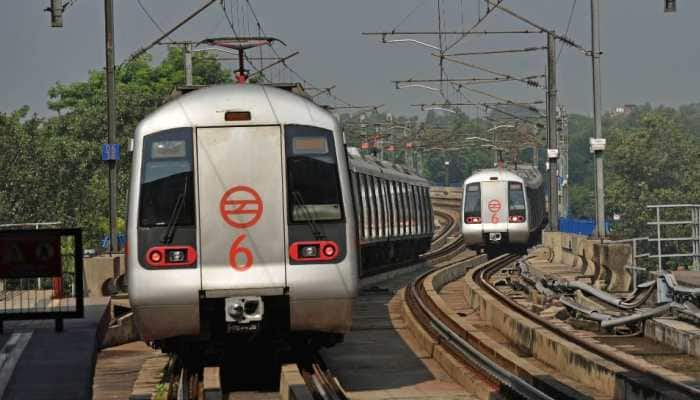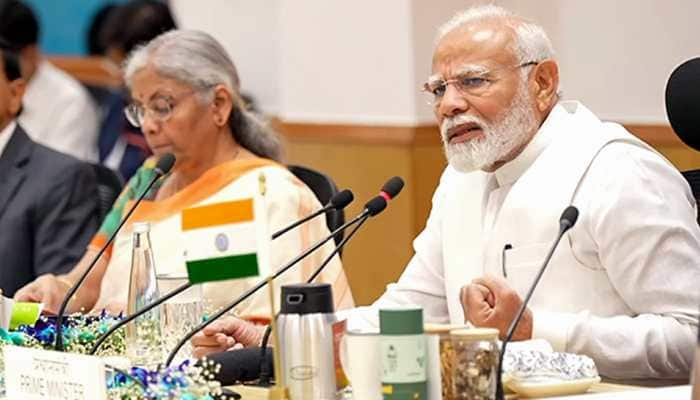What is `multi-speed` Europe?
The thorniest point in a declaration by EU leaders at a summit in Rome this week to mark the bloc`s 60th birthday is about a so-called multi-speed union.
Trending Photos
)
Brussels: The thorniest point in a declaration by EU leaders at a summit in Rome this week to mark the bloc`s 60th birthday is about a so-called multi-speed union.
European Commission President Jean-Claude Juncker made this one of five possible scenarios for the future of the EU in a white paper earlier this month.
Debate has heated up over the idea with national leaders divided between firm backers, including Germany and France, and less powerful members, particularly in the eastern Europe, that are bitterly opposed.An early draft of the Rome declaration written last week says that "we will act together whenever possible, at different paces and intensity where necessary, as we have done in the past within the treaty framework and leaving the door open to those who want to join later."
But diplomats have been tinkering with the wording ever since and it looks set to be watered down.Ironically, today`s EU is already very much a multi-speed Europe. Some of the EU`s most far-reaching policies are limited to smaller groups of member states, notably the common euro currency with its 19 members, or the visa-free Schengen zone consisting of 22 countries.
Since its foundation with the Treaty of Rome in 1957, the bloc has grown in fits and starts with some countries -- notably Britain and Denmark who joined in the early 1970s -- demanding exceptions and opt-outs as a condition for joining the club.
Moreover, according to EU rules, groups of at least nine member states can embark together on policies in a process called "enhanced cooperation".
Controversial proposals currently on the table, such as the creation of a European prosecutors office or a tax on financial transactions, have been launched using this procedure.The EU has a long tradition of deciding everything by unanimity, which worked when the bloc was a cozy club of a dozen members, not the current 28. Proposals seen as urgent by a majority of member states can easily be vetoed by one.
A multi-speed Europe is seen as a solution to the deadlock. Tighter groups of member states could deepen ties, with more independent-minded states opting out.
Under this regime, it is thought that the EU could become more ambitious and pave the way to a more coherent and unified future.
Backers of such `multi-speed` policies believe this is the way that seemingly impossible goals such as harmonised tax policies or an EU army could finally see the light of day.Paris and Berlin are the key backers of a multi-speed Europe, with Italy and Spain also on board.
German Chancellor Angela Merkel, speaking after talks with her counterparts from those countries last week, urged Europeans to "have the courage to accept that some countries can advance more rapidly than others".
"Unity does not equal uniformity," French President Francois Hollande said earlier this week. Historically, the biggest opponent was always Britain but after Brexit, the Netherlands and Scandinavian countries are likely to take up the role of the northern Europe awkward squad, fighting against Berlin and Paris.
The newer, former-Soviet members in the east are also strongly opposed, fearing they could be frozen out of decision making which could potentially affect the billions of euros in subsidies they get from Brussels.
Polish Prime Minister Beata Szydlo said at a summit on March 10 that she was completely opposed to any idea of multi-speed Europe.
Stay informed on all the latest news, real-time breaking news updates, and follow all the important headlines in india news and world News on Zee News.
Advertisement
Live Tv
Advertisement







)
)
)
)
)
)
)
)
)
)

